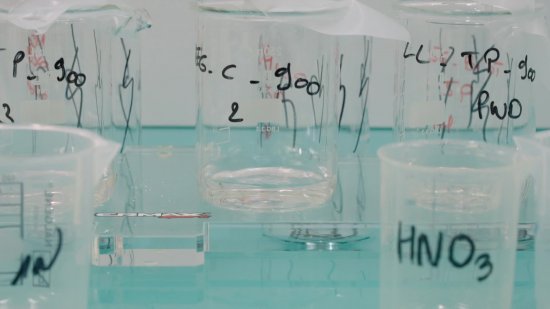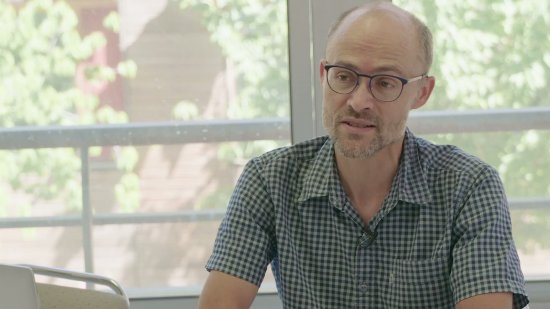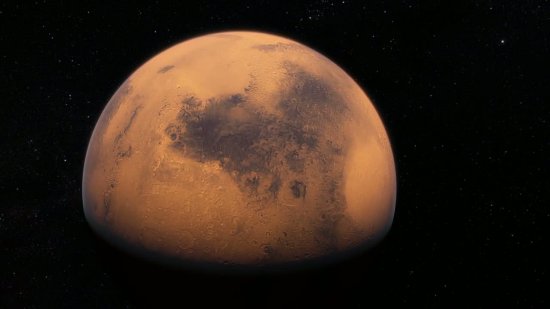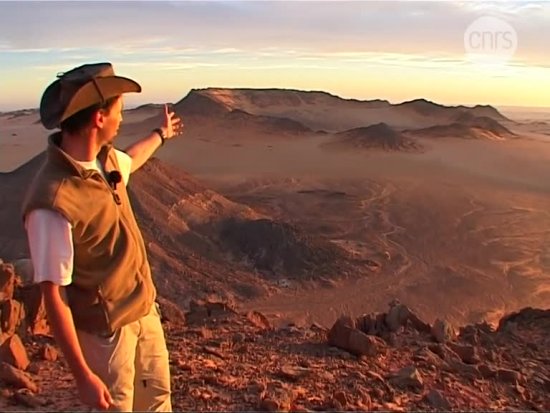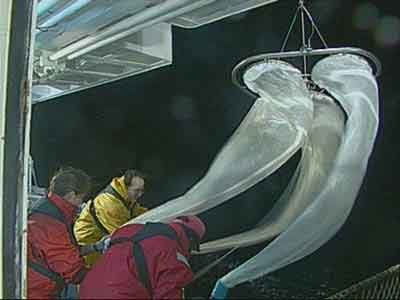
Centre de Recherche et d'Enseignement des Géosciences de l'Environnement (CEREGE)
AIX EN PROVENCE CEDEX 4
CEREGE is an international multidisciplinary research and teaching center in environmental geosciences: past climate change and its impacts, natural hazards, pollution and soils, geodynamics and fluids, geophysics, planetology... A center of excellence in terms of human skills and instrumental capabilities, CEREGE's research relies on state-of-the-art laboratories combining field observation techniques with analytical experimentation and numerical modeling.

